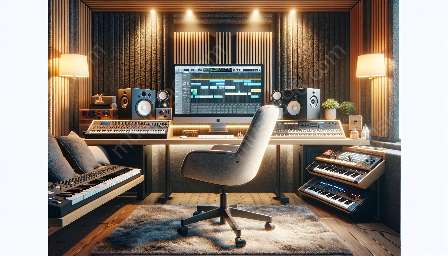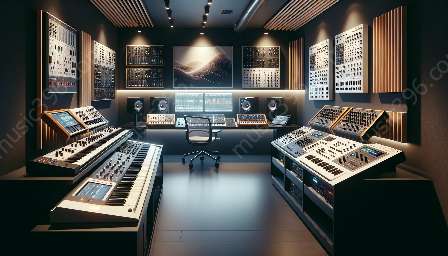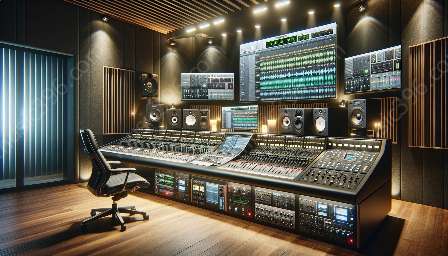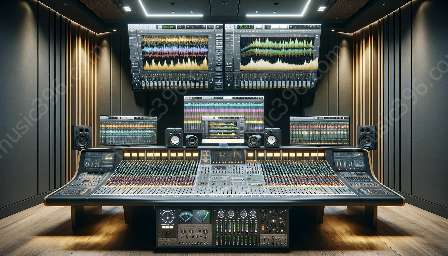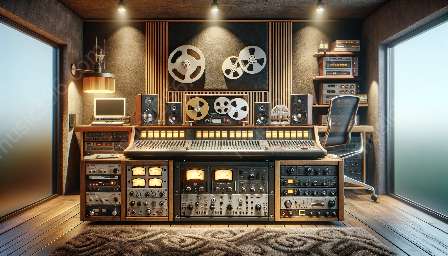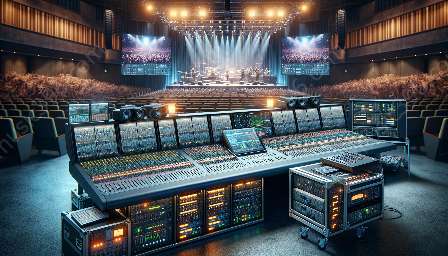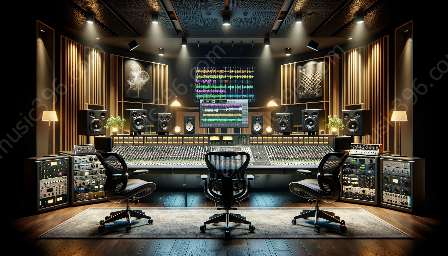Understanding polar patterns is vital to the effective use of microphones in audio production. These patterns dictate how microphones capture sound in different environments, affecting the quality and character of the recorded audio. By exploring polar patterns in detail, we can gain a deeper understanding of their impact and relevance in audio recording and production.
The Basics of Polar Patterns and Their Impact
Polar patterns refer to the directional sensitivity of a microphone, determining how it picks up sound from various sources and angles. Different microphones exhibit distinct polar patterns, each designed to capture sound in specific ways. The primary polar patterns include omnidirectional, cardioid, supercardioid, and bidirectional.
Omnidirectional microphones pick up sound equally from all directions, making them suitable for capturing ambient noise and room tone. They are often used in recording studios and for nature soundscapes where a natural soundscape is desired.
Cardioid microphones are most sensitive to sound sources in front of them, while being less responsive to sounds from the sides and rear. This makes them popular for recording vocals and instruments in controlled environments, as they minimize unwanted background noise.
Supercardioid and hypercardioid patterns are similar to cardioid but have a narrower pickup angle, providing even more focused sound capture. These patterns are commonly used for live performances and broadcast applications where ambient noise needs to be minimized.
Bidirectional (figure-8) microphones capture sound from the front and back equally, while rejecting sounds from the sides. They are ideal for recording duets, interviews, and other scenarios where capturing sound from two opposite directions is required.
The Role of Polar Patterns in Audio Production
Understanding polar patterns is crucial in audio production as it directly impacts the quality and character of recorded audio. By selecting the appropriate polar pattern for a specific application, audio engineers can effectively manage sound sources and environmental factors, resulting in clear and pristine recordings.
For example, in a studio recording setting, using an omnidirectional microphone to capture room ambience can add depth and naturalism to the overall sound. On the other hand, using a cardioid or supercardioid microphone for close-miking vocals or instruments can help isolate the primary sound source while minimizing unwanted background noise.
Live sound engineers also rely on polar patterns to ensure optimal sound reinforcement and feedback control. By choosing the right microphone with a suitable polar pattern for each instrument or vocal, they can enhance the clarity and balance of the live mix, ultimately improving the overall sound quality of the performance.
Consideration of Environment and Acoustic Factors
When selecting a microphone for a specific application, the environmental and acoustic factors play a crucial role in determining the most suitable polar pattern. Understanding the characteristics of the recording environment, such as the presence of reflective surfaces, ambient noise levels, and room reverberation, is imperative in making an informed choice.
In a reflective environment with hard surfaces that can cause sound reflections and reverberations, using a microphone with a narrow polar pattern like supercardioid can help minimize unwanted reflections and focus on the direct sound source. Conversely, in a controlled acoustic environment with minimal ambient noise, an omnidirectional microphone can capture the natural acoustic characteristics of the room without excessive interference from surrounding sounds.
Outdoor recording scenarios also demand careful consideration of polar patterns, especially when capturing environmental sounds or field recordings. Understanding the impact of wind, environmental noise, and the desired sound field helps in selecting the most appropriate microphone and polar pattern for the specific outdoor recording task.
The Evolution of Polar Pattern Technology
Over time, advancements in microphone technology have led to the development of microphones with switchable polar patterns, allowing users to adapt the microphone's directional sensitivity to suit various recording scenarios. This flexibility enables audio engineers and recording artists to optimize sound capture in diverse environments without the need for multiple microphones.
Moreover, the introduction of multi-pattern condenser microphones has revolutionized the field of audio recording, providing users with the ability to select between multiple polar patterns, such as cardioid, omnidirectional, and bidirectional, within a single microphone. This versatility offers unprecedented creative freedom and flexibility in capturing sound in different settings, making them invaluable tools for audio production professionals.
Theoretical and Practical Exploration of Polar Patterns
Delving into the theoretical aspects of polar patterns, such as the physics of sound propagation and microphone design, provides a deeper understanding of the underlying principles that govern their behavior. Exploring concepts like interference, phase cancellation, and off-axis rejection enriches the knowledge base of audio engineers and enthusiasts, empowering them with the ability to make informed decisions in microphone selection and placement.
Practical experimentation with different polar patterns further enhances the comprehension of their impact on sound capture. Conducting comparative recordings using various microphone types and patterns in real-world scenarios enables practitioners to discern the sonic differences and make educated choices based on the specific requirements of each recording project.
Conclusion
In conclusion, polar patterns play a crucial role in microphone usage and are indispensable in understanding microphones and their applications in audio production. By comprehensively exploring the significance of polar patterns, their impact on sound capture, and their practical implications in diverse recording environments, we can develop a holistic understanding of their importance in achieving high-quality audio recordings and productions.
Whether in a studio, live performance, outdoor recording, or broadcasting scenario, the careful consideration of polar patterns empowers audio professionals to harness the full potential of microphones and elevate the sonic experience for audiences worldwide.












